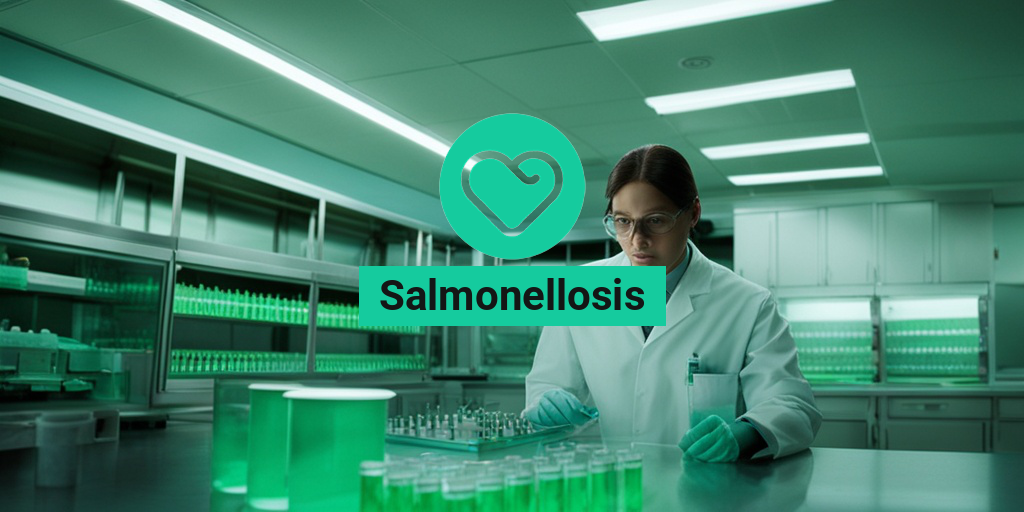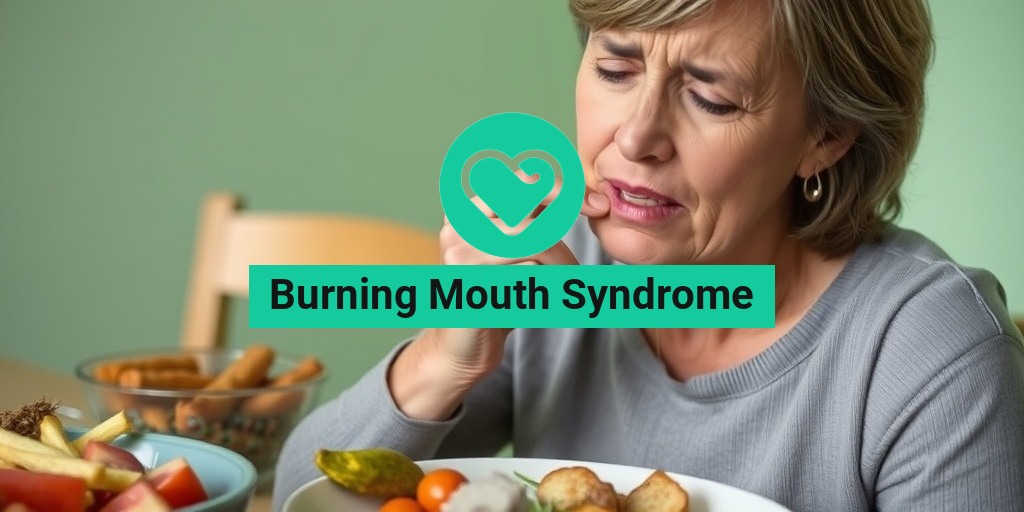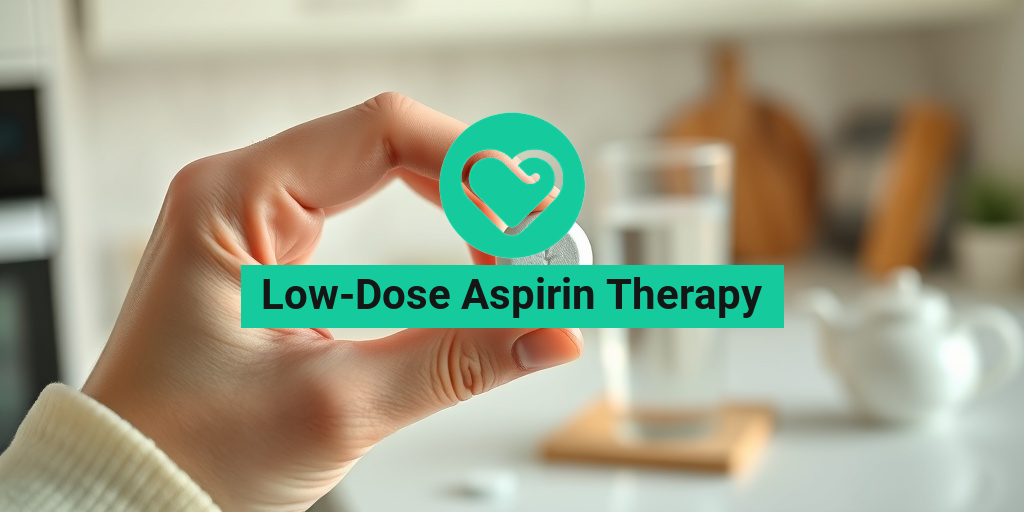What Is Salmonellosis?
Salmonellosis is an infectious disease caused by the Salmonella bacteria, which are commonly found in the intestines of animals and humans. This illness is primarily associated with the consumption of contaminated food or water, making it a significant public health concern worldwide. The Salmonella bacteria can be found in various sources, including raw or undercooked meat, poultry, eggs, and even fruits and vegetables that have been contaminated.
Understanding Salmonella
There are over 2,500 different types of Salmonella bacteria, but the two most common types that cause salmonellosis in humans are Salmonella enterica and Salmonella bongori. These bacteria can lead to gastrointestinal infections, which can range from mild to severe, depending on the individual’s health and the amount of bacteria ingested.
How Does Salmonellosis Occur?
Salmonellosis typically occurs when a person ingests food or water contaminated with Salmonella. This can happen in various ways, including:
- Consuming undercooked or raw meat, especially poultry.
- Eating raw or unpasteurized eggs.
- Drinking contaminated water.
- Handling pets or livestock that carry the bacteria.
- Consuming fruits and vegetables that have been contaminated during processing or handling.
Incubation Period
The incubation period for salmonellosis typically ranges from 6 hours to 6 days after exposure to the bacteria. Most people begin to experience symptoms within 12 to 72 hours after infection.
Salmonellosis Symptoms
The symptoms of salmonellosis can vary in severity and may last anywhere from 4 to 7 days. Common symptoms include:
- Diarrhea: Often watery and can be severe.
- Fever: A common response as the body fights off the infection.
- Abdominal cramps: These can be quite painful and may accompany diarrhea.
- Nausea and vomiting: Some individuals may experience these symptoms, leading to dehydration.
When to Seek Medical Attention
While most cases of salmonellosis resolve without treatment, it is essential to seek medical attention if you experience:
- Severe diarrhea that lasts more than three days.
- High fever (over 102°F or 39°C).
- Signs of dehydration, such as decreased urination, dry mouth, or dizziness.
- Blood in your stool.
Preventing Salmonellosis
Preventing salmonellosis is crucial, especially for vulnerable populations such as young children, the elderly, and those with weakened immune systems. Here are some effective prevention tips:
- Cook food thoroughly: Ensure that meat and poultry are cooked to safe internal temperatures.
- Wash hands: Always wash your hands with soap and water before handling food and after using the bathroom.
- Avoid cross-contamination: Use separate cutting boards for raw meat and other foods.
- Store food properly: Refrigerate leftovers promptly and keep your refrigerator at 40°F (4°C) or below.
For more detailed information and resources on salmonellosis and other health-related topics, consider visiting Yesil Health AI, where you can find evidence-based health answers tailored to your needs.
In conclusion, understanding salmonellosis is vital for prevention and management. By being aware of the symptoms and practicing safe food handling, you can significantly reduce your risk of infection. Stay informed and stay healthy! 🥗💧
“`

“`html
Salmonellosis Transmission
Salmonellosis is an infection caused by the Salmonella bacteria, which can lead to gastrointestinal illness. Understanding how this infection spreads is crucial for prevention and control. Let’s delve into the various ways salmonellosis can be transmitted.
Foodborne Transmission
The most common route of salmonellosis transmission is through contaminated food. Foods that are frequently associated with salmonella include:
- Raw or undercooked poultry: Chicken and turkey are often carriers of salmonella.
- Eggs: Both raw and undercooked eggs can harbor the bacteria.
- Meat: Beef and pork can also be sources of salmonella if not cooked properly.
- Fruits and vegetables: Contamination can occur through contact with contaminated water or soil.
- Dairy products: Unpasteurized milk and cheese can be risky.
To minimize the risk of foodborne transmission, it is essential to practice safe food handling techniques, such as cooking foods to the appropriate temperatures and avoiding cross-contamination in the kitchen. 🍽️
Person-to-Person Transmission
Salmonellosis can also spread from person to person, particularly in settings where hygiene practices are inadequate. This can occur through:
- Direct contact: If an infected person does not wash their hands properly after using the bathroom, they can transfer the bacteria to surfaces or food.
- Contaminated surfaces: Touching surfaces that have been contaminated by an infected person can lead to transmission.
Good hygiene practices, such as frequent handwashing, are vital in preventing person-to-person transmission. 🧼
Animal-to-Human Transmission
Another significant route of transmission is through contact with infected animals. This includes:
- Pets: Reptiles, birds, and even some mammals can carry salmonella.
- Farm animals: Livestock can also be carriers, especially if proper sanitation measures are not followed.
When handling animals or cleaning their habitats, it is crucial to wash your hands thoroughly to avoid infection. 🐾
Salmonellosis Risk Factors
While anyone can contract salmonellosis, certain factors can increase the risk of infection. Understanding these risk factors can help individuals take proactive measures to protect themselves and their families.
Age and Health Status
Young children, the elderly, and individuals with weakened immune systems are at a higher risk for severe salmonellosis. This is due to their less robust immune responses, making it harder for their bodies to fight off infections. 🧒👵
Food Handling Practices
Improper food handling is a significant risk factor for salmonellosis. This includes:
- Inadequate cooking: Not cooking meat and eggs to safe temperatures can lead to infection.
- Cross-contamination: Using the same cutting board for raw meat and vegetables without proper cleaning can spread bacteria.
- Improper storage: Failing to refrigerate perishable foods can allow bacteria to multiply.
Adopting safe food handling practices is essential for reducing the risk of salmonellosis. 🔪
Travel and Geography
Traveling to areas with poor sanitation or where food safety regulations are not strictly enforced can increase the risk of salmonellosis. Consuming street food or drinking untreated water in these regions can expose travelers to the bacteria. 🌍
Occupational Exposure
Certain professions, such as those working in healthcare, food service, or agriculture, may have a higher risk of exposure to salmonella. It is important for individuals in these fields to follow strict hygiene and safety protocols to minimize their risk. 👩⚕️👨🍳
By understanding the transmission routes and risk factors associated with salmonellosis, individuals can take informed steps to protect themselves and their loved ones from this potentially serious infection.
“`

“`html
Salmonellosis Diagnosis
Diagnosing salmonellosis can be a straightforward process, but it requires a keen understanding of the symptoms and the right diagnostic tests. This bacterial infection, caused by the Salmonella bacteria, often manifests through gastrointestinal symptoms that can mimic other illnesses.
Recognizing the Symptoms
The first step in diagnosing salmonellosis is recognizing its symptoms. Common signs include:
- Diarrhea (which may be bloody)
- Abdominal cramps
- Nausea and vomiting
- Fever
- Headache
Symptoms typically appear 6 hours to 6 days after exposure to the bacteria, making the salmonellosis incubation period a crucial factor in diagnosis.
Laboratory Testing
If a healthcare provider suspects salmonellosis, they may recommend laboratory tests to confirm the diagnosis. These tests often include:
- Stool culture: This is the most common test, where a sample of stool is analyzed to detect the presence of Salmonella bacteria.
- Blood tests: In severe cases, blood tests may be conducted to check for Salmonella in the bloodstream.
It’s essential to provide your healthcare provider with a detailed history of your symptoms and any potential exposure to contaminated food or water, as this information can significantly aid in the diagnosis.
Salmonellosis Treatment Options
Once diagnosed, the treatment for salmonellosis primarily focuses on relieving symptoms and preventing dehydration. Most cases resolve without specific treatment, but understanding the available options is crucial for effective management.
Hydration is Key
One of the most critical aspects of treating salmonellosis is maintaining hydration. Diarrhea and vomiting can lead to significant fluid loss, so it’s essential to:
- Drink plenty of fluids: Water, broth, and oral rehydration solutions are excellent choices.
- Avoid caffeine and alcohol: These can worsen dehydration.
Medications for Symptom Relief
While antibiotics are not typically recommended for mild cases of salmonellosis, they may be prescribed in severe cases or for individuals at high risk of complications. Over-the-counter medications can help alleviate symptoms:
- Antidiarrheal medications: These can help reduce the frequency of diarrhea but should be used cautiously, as they may prolong the infection in some cases.
- Pain relievers: Acetaminophen can help manage fever and discomfort.
When to Seek Medical Attention
It’s important to monitor your symptoms closely. Seek medical attention if you experience:
- Severe dehydration: Signs include dry mouth, dizziness, and decreased urination.
- High fever: A fever over 102°F (39°C) may indicate a more severe infection.
- Persistent vomiting: If you cannot keep fluids down, it’s crucial to get medical help.
In summary, while salmonellosis can be uncomfortable and distressing, most individuals recover fully with proper care and hydration. Understanding the diagnosis and treatment options can empower you to manage the condition effectively. 🌊💧
“`
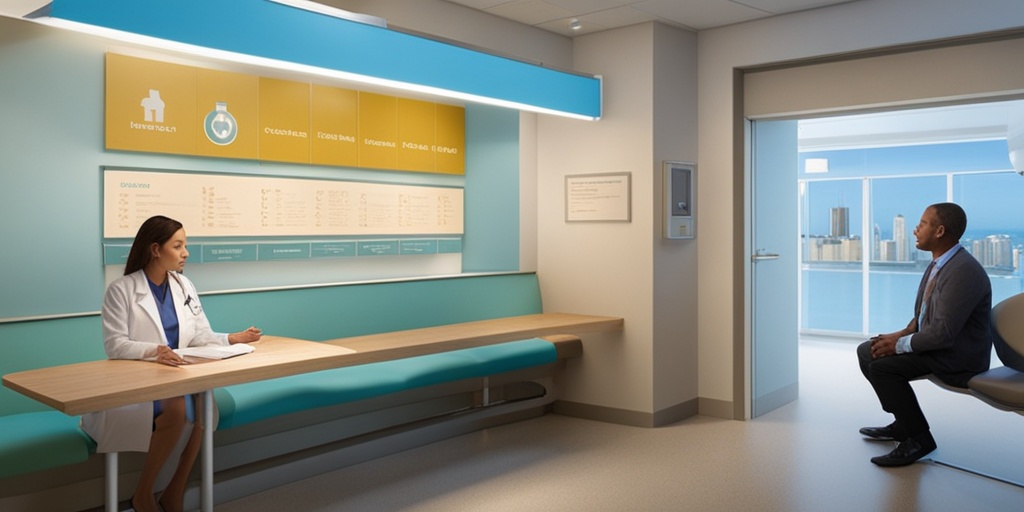
“`html
Salmonellosis Prevention Tips
Salmonellosis is a common bacterial infection caused by Salmonella bacteria, often linked to contaminated food or water. Preventing this illness is crucial for maintaining your health and well-being. Here are some effective tips to help you avoid salmonellosis:
1. Practice Safe Food Handling
One of the most effective ways to prevent salmonellosis is by practicing safe food handling techniques:
- Wash your hands thoroughly with soap and water before and after handling food.
- Cook food to safe temperatures: Use a food thermometer to ensure meats are cooked to the recommended temperatures (e.g., 165°F for poultry).
- Avoid cross-contamination: Use separate cutting boards for raw meat and vegetables.
- Store food properly: Refrigerate leftovers promptly and keep your refrigerator at or below 40°F (4°C).
2. Be Cautious with Raw Foods
Raw foods can be a significant source of Salmonella. Here are some precautions to take:
- Avoid raw or undercooked eggs: This includes homemade mayonnaise and certain desserts.
- Wash fruits and vegetables thoroughly before consumption, especially if they are eaten raw.
- Be cautious with raw meat: Always ensure that meat is cooked thoroughly to kill any harmful bacteria.
3. Drink Safe Water
Water can also be a source of Salmonella infection. To ensure your drinking water is safe:
- Use filtered or bottled water if you are unsure about the safety of your tap water.
- Avoid drinking untreated water from lakes, rivers, or streams.
4. Be Mindful When Eating Out
Dining out can increase your risk of salmonellosis if proper food safety practices are not followed. Here are some tips:
- Choose reputable restaurants that follow health and safety regulations.
- Ask about food preparation: Inquire if the restaurant uses safe food handling practices.
- Be cautious with buffets: Ensure that food is kept at safe temperatures and not left out for extended periods.
5. Educate Yourself and Others
Knowledge is power when it comes to preventing salmonellosis. Share information with family and friends about:
- Recognizing symptoms of salmonellosis, such as diarrhea, fever, and abdominal cramps.
- Understanding the importance of food safety in preventing infections.
Salmonellosis Complications
While many people recover from salmonellosis without complications, some may experience serious health issues. Understanding these potential complications can help you seek timely medical attention if needed.
1. Dehydration
One of the most common complications of salmonellosis is dehydration. This occurs due to severe diarrhea and vomiting, leading to a loss of fluids and electrolytes. Symptoms of dehydration include:
- Dry mouth and throat
- Decreased urine output
- Dizziness or lightheadedness
If you experience these symptoms, it’s essential to rehydrate by drinking fluids or seeking medical help.
2. Reactive Arthritis
Some individuals may develop reactive arthritis after a salmonella infection. This condition can cause joint pain and swelling, typically occurring weeks after the initial infection. If you notice persistent joint pain following a salmonellosis infection, consult a healthcare professional.
3. Bacteremia
In rare cases, Salmonella bacteria can enter the bloodstream, leading to a serious condition known as bacteremia. This can result in severe illness and requires immediate medical attention. Symptoms may include:
- High fever
- Rapid heartbeat
- Severe abdominal pain
4. Long-term Digestive Issues
Some individuals may experience long-term digestive problems, such as irritable bowel syndrome (IBS), after recovering from salmonellosis. Symptoms can include chronic diarrhea, abdominal pain, and bloating. If you notice ongoing digestive issues, it’s important to discuss them with your healthcare provider.
5. Increased Risk for Vulnerable Populations
Certain groups, including the elderly, infants, and individuals with weakened immune systems, are at a higher risk for severe complications from salmonellosis. It’s crucial for these populations to take extra precautions to avoid infection and seek medical care promptly if symptoms arise.
By understanding the prevention strategies and potential complications associated with salmonellosis, you can better protect yourself and your loved ones from this bacterial infection. Stay informed and prioritize food safety to reduce your risk! 🥗💧
“`
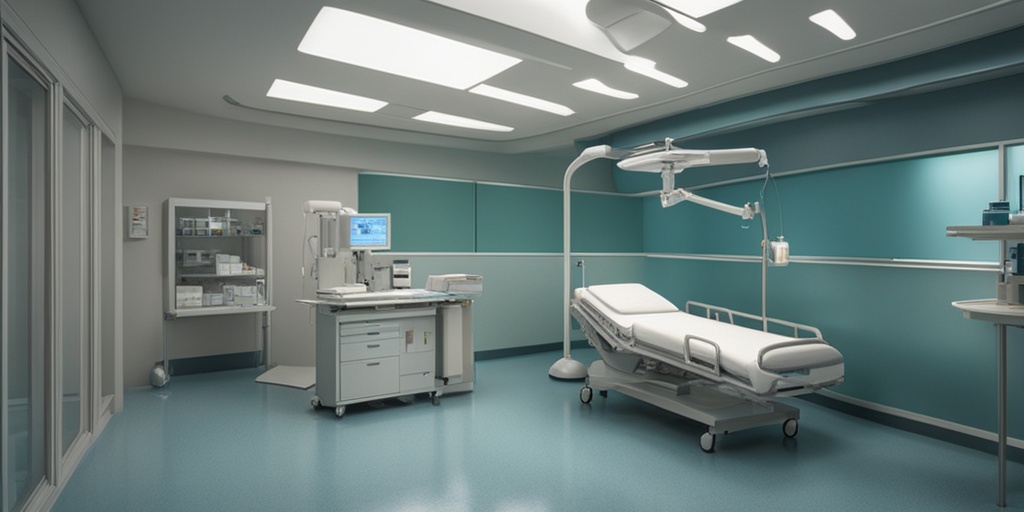
“`html
Frequently Asked Questions about Salmonellosis
What is Salmonellosis?
Salmonellosis is an infection caused by bacteria of the genus Salmonella. It primarily affects the intestinal tract and can lead to symptoms such as diarrhea, fever, and abdominal cramps.
What are the common symptoms of Salmonellosis?
The symptoms of Salmonellosis typically include:
- Diarrhea
- Fever
- Abdominal cramps
- Nausea
- Vomiting
Symptoms usually appear 6 hours to 6 days after infection and can last 4 to 7 days. In some cases, the illness can be severe and require medical attention.
How is Salmonellosis transmitted?
Salmonellosis is primarily transmitted through the consumption of contaminated food or water. Common sources include:
- Raw or undercooked eggs
- Poultry
- Meat
- Unpasteurized milk or juice
- Fruits and vegetables contaminated with feces
What causes Salmonellosis?
The main cause of Salmonellosis is the ingestion of Salmonella bacteria. These bacteria can be found in the intestines of animals and humans, and they can contaminate food during processing or preparation.
What is the incubation period for Salmonellosis?
The incubation period for Salmonellosis typically ranges from 6 hours to 6 days after exposure to the bacteria. This means that symptoms can appear relatively quickly after consuming contaminated food or water.
How can Salmonellosis be prevented?
To prevent Salmonellosis, consider the following tips:
- Cook food thoroughly, especially poultry and eggs.
- Avoid cross-contamination by using separate cutting boards for raw meat and other foods.
- Wash hands, utensils, and surfaces often.
- Store food at safe temperatures.
- Drink pasteurized beverages.
When should I see a doctor for Salmonellosis?
If you experience severe symptoms such as high fever, prolonged vomiting, or signs of dehydration, it is important to seek medical attention. Additionally, individuals with weakened immune systems should consult a healthcare provider if they suspect they have Salmonellosis.
Can Salmonellosis be treated?
Most cases of Salmonellosis resolve on their own without treatment. However, staying hydrated is crucial. In severe cases, antibiotics may be prescribed by a healthcare professional.
Is Salmonellosis contagious?
Salmonellosis is not spread directly from person to person. It is primarily transmitted through contaminated food and water. However, practicing good hygiene can help prevent the spread of the bacteria.
What should I do if I suspect I have Salmonellosis?
If you suspect you have Salmonellosis, it is advisable to:
- Stay hydrated by drinking plenty of fluids.
- Rest and avoid solid foods until symptoms improve.
- Consult a healthcare provider if symptoms are severe or persistent.
“`

